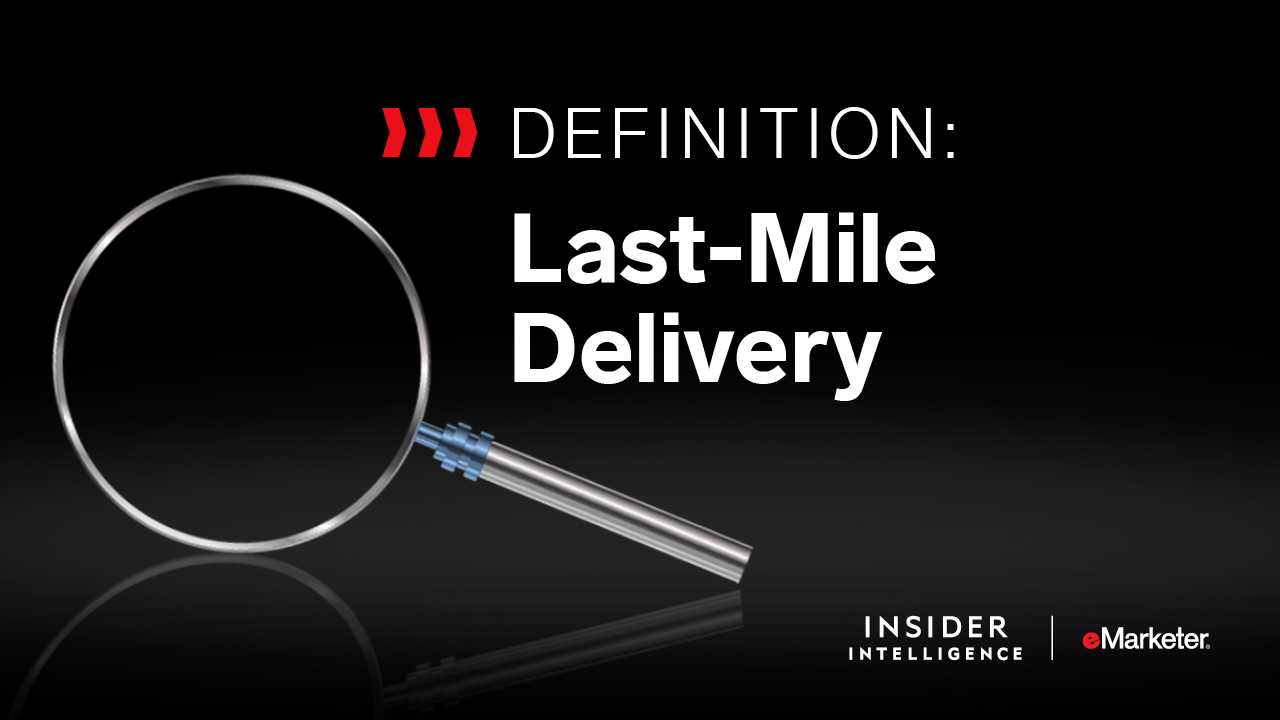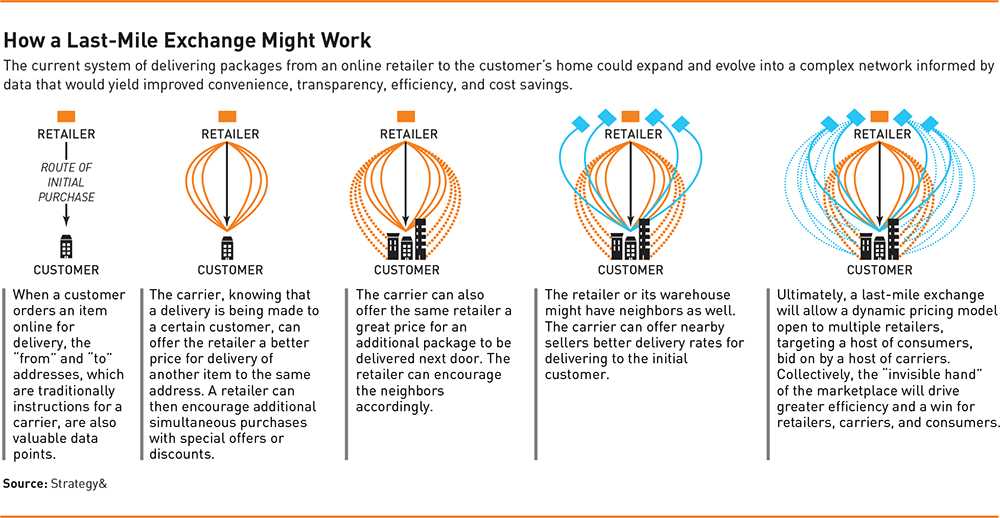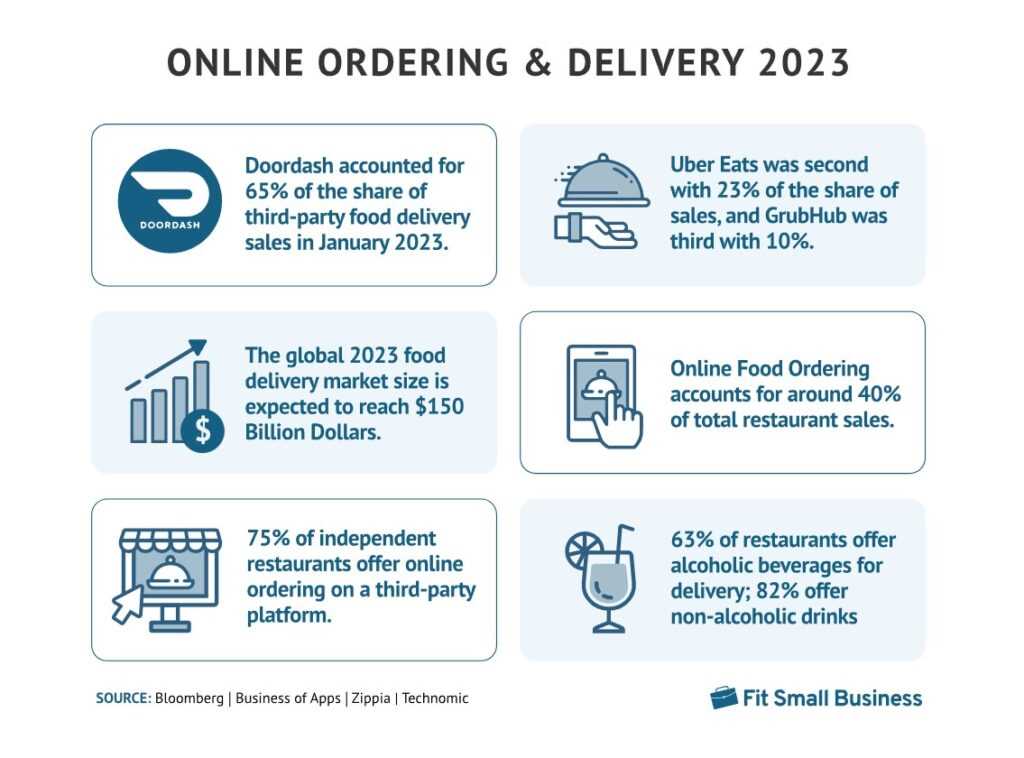Importance of Reaching Customers
The last mile delivery is a crucial step in the supply chain process as it involves the final delivery of goods to the end customers. It is the last opportunity for businesses to make a positive impression on their customers and ensure their satisfaction.
By focusing on reaching customers effectively, businesses can build trust and loyalty. When customers receive their orders on time and in good condition, they are more likely to become repeat customers and recommend the business to others.
Furthermore, reaching customers in a timely manner can also help businesses reduce costs. Efficient last mile delivery can minimize the need for additional storage and handling, as well as reduce the risk of product spoilage or damage. This can lead to cost savings and improved overall profitability.
Overall, the importance of reaching customers cannot be overstated. It is a critical aspect of the business that can directly impact customer satisfaction, loyalty, and profitability. By prioritizing last mile delivery and ensuring a smooth and efficient process, businesses can gain a competitive edge in the market and achieve long-term success.
Benefits of Last Mile Delivery

Last mile delivery plays a crucial role in the success of any business. It refers to the final step of the delivery process, where goods are transported from a distribution center to the end customer’s location. Here are some of the key benefits of last mile delivery:
|
1. Faster Delivery: |
Last mile delivery ensures that products reach customers quickly and efficiently. This is especially important for time-sensitive goods or services, such as perishable items or urgent medical supplies. |
|
2. Improved Customer Satisfaction: |
By providing fast and reliable last mile delivery, businesses can enhance customer satisfaction. Customers appreciate receiving their orders promptly and in good condition, leading to positive reviews and repeat purchases. |
|
3. Cost Savings: |
Last mile delivery can help businesses save costs by optimizing routes and reducing transportation expenses. By using advanced logistics technologies and data analytics, companies can identify the most efficient delivery routes and minimize fuel consumption. |
|
5. Enhanced Brand Image: |
A seamless last mile delivery experience can contribute to a positive brand image. When customers receive their orders on time and in good condition, they are more likely to associate the brand with reliability and professionalism. |
Improved Customer Satisfaction
By ensuring a smooth and efficient last mile delivery, businesses can enhance the overall customer experience. Customers appreciate timely and hassle-free deliveries, and this can significantly impact their satisfaction level with the company.
1. Timely Deliveries
One of the main factors that contribute to improved customer satisfaction in last mile delivery is timely deliveries. Customers expect their packages to be delivered within a specific timeframe, and any delays can lead to frustration and disappointment.
By optimizing last mile delivery processes, businesses can ensure that packages are delivered on time. This can be achieved through efficient route planning, real-time tracking, and effective communication between the delivery personnel and customers.
2. Convenient Delivery Options
For example, providing options such as same-day delivery, weekend delivery, or delivery to a nearby pickup point can give customers more flexibility and control over when and where they receive their packages. This level of convenience can greatly enhance customer satisfaction.
- Same-day delivery
- Weekend delivery
- Delivery to a nearby pickup point
Increased Efficiency and Cost Savings
By reducing the time and distance traveled by delivery vehicles, companies can save on fuel costs and minimize their carbon footprint. This not only benefits the environment but also helps businesses save money in the long run.
Furthermore, last mile delivery can help businesses reduce the number of failed deliveries. With real-time tracking and notifications, customers can be informed about the estimated delivery time and make necessary arrangements to receive their packages. This reduces the chances of missed deliveries and the need for costly redelivery attempts.
By streamlining the delivery process, businesses can also minimize the time and effort required for manual sorting and handling of packages. This leads to increased productivity and cost savings in terms of labor and operational expenses.
In addition, last mile delivery can contribute to improved customer satisfaction. By providing fast and reliable delivery services, businesses can enhance the overall customer experience and build loyalty. Satisfied customers are more likely to become repeat customers and recommend the business to others, leading to increased sales and revenue.
Challenges in Last Mile Delivery
1. Traffic Congestion
One of the biggest challenges in last mile delivery is dealing with traffic congestion. As more and more people rely on online shopping, the number of delivery vehicles on the road has increased significantly. This can result in delays and longer delivery times, which can negatively impact customer satisfaction. Businesses need to find innovative solutions to navigate through congested areas and optimize their delivery routes to minimize the impact of traffic congestion.
2. Delivery Time Windows
Another challenge in last mile delivery is meeting delivery time windows. Many customers expect their packages to be delivered within a specific time frame, such as a few hours or even minutes. This puts pressure on businesses to ensure timely deliveries, especially in densely populated areas where multiple deliveries need to be made in a short period of time. Meeting these delivery time windows requires efficient planning and coordination between the logistics team and the delivery drivers.
3. Address Accuracy

Address accuracy is a common challenge in last mile delivery. Incorrect or incomplete addresses can lead to failed deliveries, which can be costly for businesses. It is important for businesses to have systems in place to verify and validate addresses to minimize the risk of failed deliveries. This can include using address verification software or contacting customers to confirm their address details.
4. Theft and Security

Theft and security concerns are also challenges in last mile delivery. With the increase in online shopping, there has been a corresponding increase in package theft. Businesses need to take steps to ensure the security of packages during transit and upon delivery. This can include using secure packaging, requiring signature confirmation upon delivery, or implementing technology solutions such as real-time package tracking.
5. Customer Availability
Customer availability is another challenge in last mile delivery. Many customers are not available to receive their packages during regular business hours, which can result in missed deliveries and additional delivery attempts. Businesses need to provide flexible delivery options, such as evening or weekend deliveries, or alternative delivery locations, such as lockers or pickup points, to accommodate the schedules of their customers.

Emily Bibb simplifies finance through bestselling books and articles, bridging complex concepts for everyday understanding. Engaging audiences via social media, she shares insights for financial success. Active in seminars and philanthropy, Bibb aims to create a more financially informed society, driven by her passion for empowering others.
